Demand Forecasting in Retail and CG
Item: EL38
The course provides a thorough grounding in key forecasting principles and concepts. Scroll down for course objectives and detailed content.

![]() In stock
In stock
Description
Forecasting Course and How to Identify Key Principles and Concepts
The course provides a thorough grounding in key forecasting principles and concepts.
Who Is It Suitable For?
This program is designed for:
- Merchandisers, buyers, supply chain managers and their teams.
- IT departments
- Consultants and vendors supplying and selling forecasting systems.
Course Objectives
By the end of the program, students will be able to do the following:
- Explain the theory, principles and practice of forecasting.
- Describe best practice forecasting processes.
- Be able to judge which are the best forecasting techniques to use in your business.
Detailed Content
- Introduction:
- Simple forecasting
- Pre-requisites to support good forecasting
- Demand forecasting vs sales forecasting
- Characteristics of an item
- Forecasting Methods:
- Simple moving average
- Weighted moving average
- Setting weights
- Averages or weighted moving average – limitations for forecasting
- Variance against plan
- Forecast profiles
- What is a profile?
- Using profiles
- Forecasting Accuracy:
- Inventory review horizons
- Chain vs. store forecasting
- Chain or warehouse vs. store forecasting
- Measuring forecast error
- More Advanced Forecasting:
- Forecasting at a price
- Exponential smoothing
- Adjusting smoothing based on length of sales experience
- Smoothing factors
- Exponential smoothing with trend and seasonality
- Trend modifier
- Using seasonality factors
- New product profile
- Forecast profiles – advanced
- Forecasting strategy:
- Practical comments
- Category management
- Forecasting and allocation / replenishment
- Forecasting across the supply chain
- Mastery Test
- Learners completing the mastery test and obtaining a 70% pass mark will also receive a mastery certificate upon completion.
Benefits of Studying This Program
Learners studying this program will be able to review the forecasting methods they use and improve them as necessary. This will result in reduced forecast error, better on shelf availability, lower clearance markdowns and closer achievement of terminal stock targets.
Hours of Study
3 to 4 hours
Resources Included
Blog articles on inventory management.
Pre-Requisites Necessary
A basic understanding of key retail processes, such as taught in the Buying and Merchandising Overview module.
After This Program
The next logical program in developing learners’ knowledge is Allocation and Replenishment.
Video
Please allow Cookies to view video content







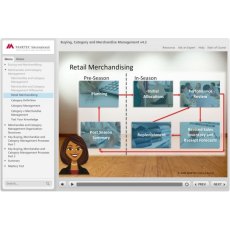

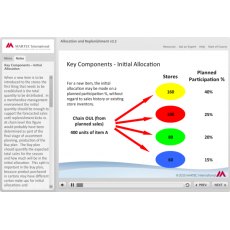

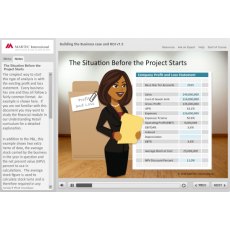



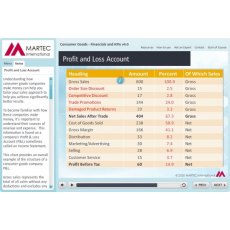

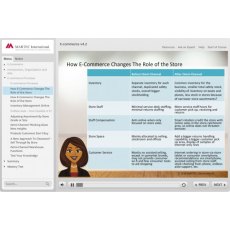


Share & Forward To A Friend
Share
Demand Forecasting in Retail and CG Course | Martec
Facebook Twitter Email Pinterest Telegram